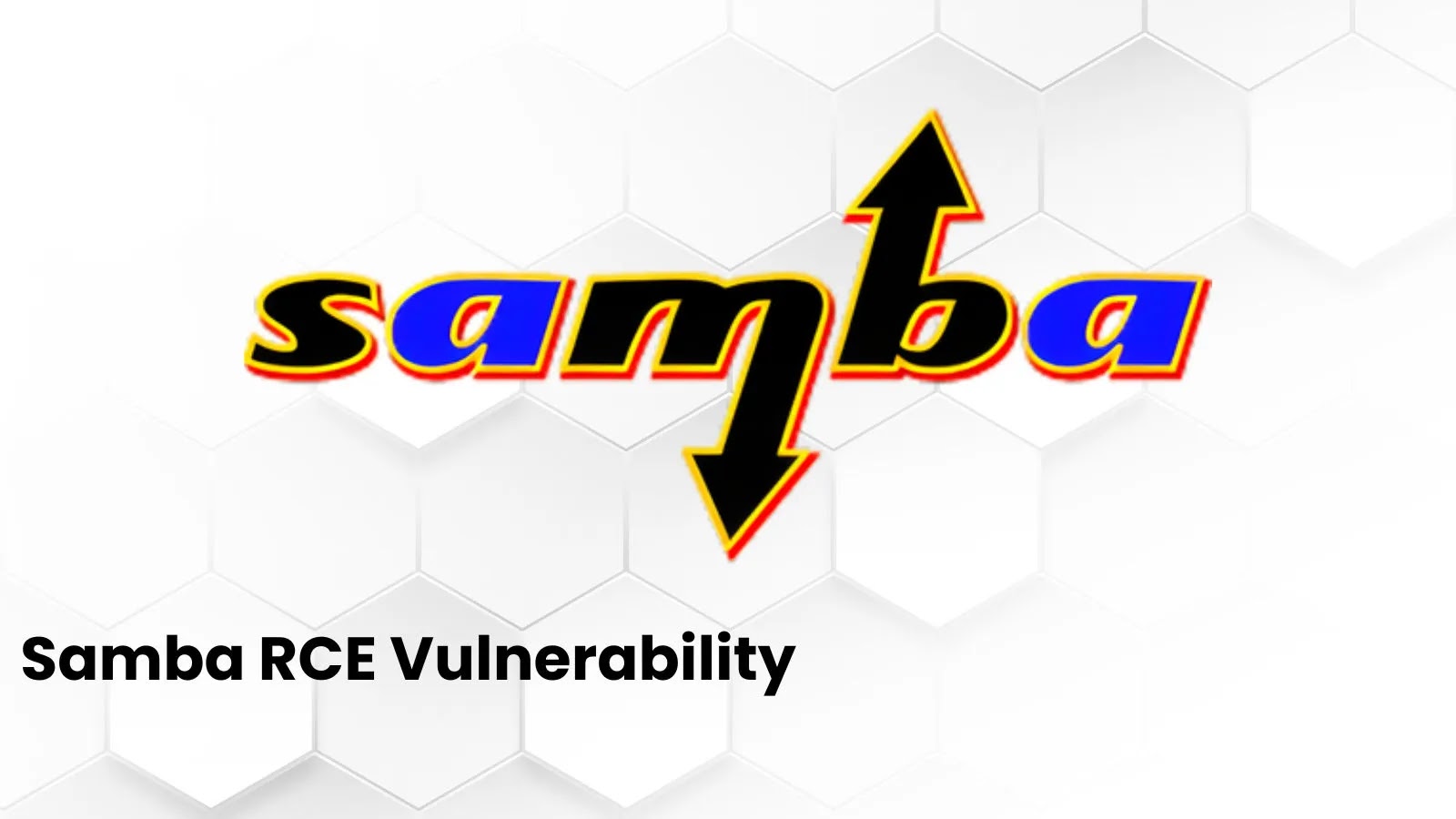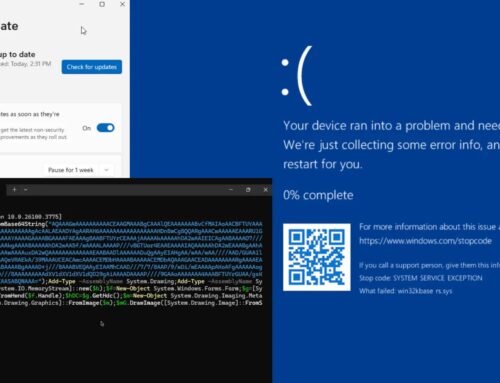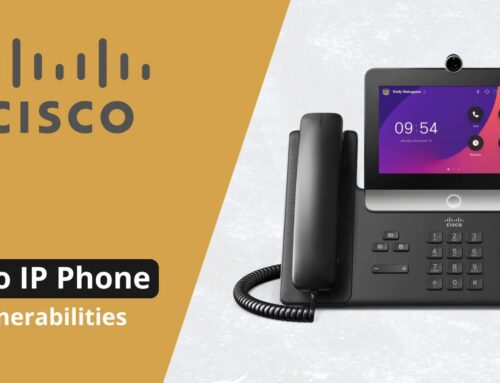
Critical Samba RCE Vulnerability Enables Arbitrary Code Execution
A severe security vulnerability has surfaced within Samba, posing a critical threat to organizations relying on it for Active Directory domain controller functionality. Tracked as CVE-2025-10230, this remote code execution (RCE) flaw allows attackers to gain complete control over affected systems. Understanding the mechanism and impact of this vulnerability is paramount for timely and effective mitigation.
Understanding the Samba RCE Vulnerability: CVE-2025-10230
The newly disclosed RCE vulnerability in Samba stems from a fundamental flaw in its Windows Internet Name Service (WINS) hook mechanism. This critical oversight permits improper validation, creating an avenue for attackers to inject and execute arbitrary code. The ease of exploitation combined with the potential for devastating impact has led to a perfect CVSS 3.1 score of 10.0, signaling a maximum risk level.
Specifically, the vulnerability enables an attacker to leverage the WINS hook to achieve arbitrary code execution, effectively granting them full administrative control over compromised Active Directory domain controllers. This level of access can lead to widespread network compromise, data exfiltration, and disruption of critical services.
Impact on Active Directory Domain Controllers
For organizations using Samba as an Active Directory domain controller, the implications of CVE-2025-10230 are particularly severe. A successful exploit can lead to:
- Complete System Compromise: Attackers can gain root-level access to the domain controller.
- Lateral Movement: With control over a domain controller, adversaries can move unhindered across the network, escalating privileges and accessing sensitive resources.
- Data Breach: Financial records, intellectual property, and personal identifiable information (PII) become vulnerable to theft.
- Service Disruption: Attackers can tamper with or shut down critical services, leading to operational downtime and significant business impact.
- Persistence: Malicious actors can establish backdoors, ensuring continued access even after initial remediation efforts.
Remediation Actions
Immediate action is required to protect against CVE-2025-10230. Organizations should prioritize the following:
- Apply Patches Immediately: Monitor the official Samba security advisories and promptly apply all available patches and updates as soon as they are released. This is the most effective defense.
- Disable WINS Service if Not Required: If your environment does not rely on the WINS service, consider disabling it entirely to eliminate the attack vector.
- Network Segmentation: Implement strong network segmentation to limit the blast radius of a potential compromise. Isolate domain controllers from less trusted network segments.
- Intrusion Detection/Prevention Systems (IDPS): Ensure your IDPS are updated with the latest signatures to detect and block exploitation attempts.
- Endpoint Detection and Response (EDR): Utilize EDR solutions to monitor for suspicious activity on domain controllers and quickly respond to potential breaches.
- Regular Backups: Maintain comprehensive and tested backups of all critical systems, especially domain controllers, to facilitate recovery in the event of compromise.
Relevant Security Tools for Mitigation
Leveraging appropriate tools can significantly aid in detecting and mitigating vulnerabilities like CVE-2025-10230:
| Tool Name | Purpose | Link |
|---|---|---|
| Nessus | Vulnerability Scanning & Patch Management | https://www.tenable.com/products/nessus |
| OpenVAS | Open-source Vulnerability Scanner | http://www.openvas.org/ |
| Snort/Suricata | Network Intrusion Detection/Prevention Systems | https://www.snort.org/ / https://suricata-ids.org/ |
| Wireshark | Network Protocol Analyzer (for forensic analysis) | https://www.wireshark.org/ |
| Samba logs | Native logging for suspicious activity | (Consult Samba documentation for configuration) |
Key Takeaways for Cybersecurity Professionals
The disclosure of CVE-2025-10230 underscores the continuous need for vigilance in cybersecurity. Its perfect CVSS score indicates a clear and present danger that demands immediate attention. Organizations must prioritize patching and consider architectural changes to minimize their attack surface. Proactive monitoring, robust incident response plans, and a thorough understanding of their Samba deployments are essential to secure their environments against this critical RCE vulnerability.





